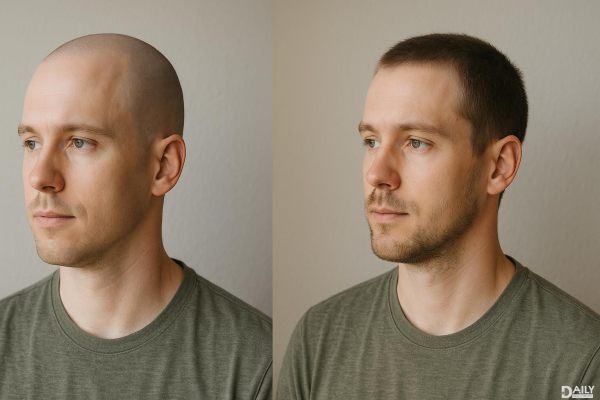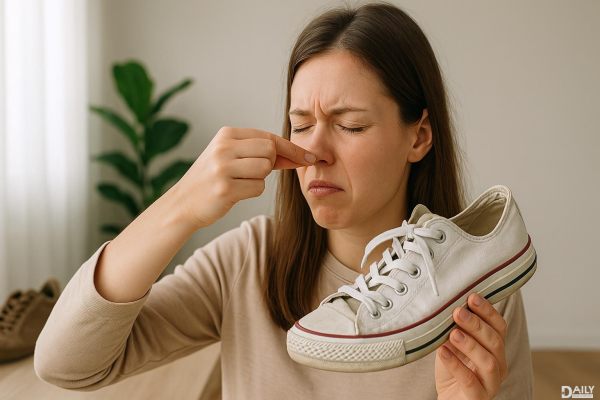If you're rocking a fresh buzz cut and wondering how fast your hair will grow back, here's the deal: on average, hair grows about half an inch per month. That means in four weeks, you'll start noticing some stubble turning into a short, textured look. But let's be real—your hair's growth speed depends on genetics, health, and even the seasons. So buckle up, because we're diving deep into the science of hair growth and what you can realistically expect month by month.

Hair growth isn't just about time—it's a biological process with three key phases: anagen (growth), catagen (transition), and telogen (resting). The anagen phase is where the magic happens, lasting anywhere from two to seven years (yes, years) for scalp hair. This phase determines how long your hair can grow before it naturally sheds. The speed? Roughly 0.3 to 0.5 millimeters per day, adding up to that half-inch monthly average. But here's the kicker: not all hair follicles are in the same phase at once. That's why some strands seem to grow faster while others take their sweet time.
Let's break it down so you know what to expect after that clipper session: Week 1-2: Your scalp will feel like sandpaper as tiny stubble emerges. No real length yet—just a prickly shadow of your former buzz. Week 3-4: Now we're talking. Hair hits about a quarter-inch, giving you that "I just woke up like this" textured look. Month 2: Congrats, you’ve graduated to a short crop—around half an inch to an inch. This is when styles like the crew cut or Ivy League start becoming options. Month 3: At 1.5 inches, your hair has enough weight to lay flat or be styled with product. Side parts? Fades? Now’s the time to experiment. Month 4-6: You’re in the 2- to 3-inch zone, where most classic hairstyles (think pompadours or quiffs) become possible. Growth might feel slower now because longer hair is less noticeable day-to-day.
While genetics call the shots, these variables play backup singer to your hair’s lead vocals: Diet: Protein (hello, eggs and salmon) and vitamins like biotin and iron fuel follicle factories. Skimp on nutrients, and your hair might drag its feet. Stress: Cortisol—the stress hormone—can slam the brakes on growth by pushing follicles into the resting phase too soon. Seasonal Shifts: Studies show hair grows slightly faster in summer (thanks, vitamin D and increased blood flow) and slows in winter. Scalp Care: Clogged follicles from product buildup or dandruff can stunt growth. A gentle exfoliating scrub or massage boosts circulation, keeping things moving.
Let’s bust some folklore wide open: "Shaving makes hair grow back thicker": Nope. It just blunts the tip, making stubble feel coarser. "Brushing 100 strokes a day accelerates growth": Overbrushing causes breakage. Be kind to your strands. "Cold water rinses boost growth": They might add shine by flattening cuticles, but they don’t affect growth speed.
Want to optimize your buzz-cut comeback? Try these hacks: Scalp Massages: Five minutes a day with jojoba or rosemary oil stimulates blood flow. Trim the Dead Ends: Counterintuitive? Maybe. But snipping split ends every 8-12 weeks prevents breakage, so hair appears to grow faster. Silk Pillowcases: Less friction = fewer snapped hairs. Your future self will thank you. Stay Hydrated: Dehydration leads to brittle strands. Chug that H2O like it’s your job.
At the end of the day, patience is key. Your hair’s on its own schedule, but with the right care, you’ll be flipping through style options before you know it. Whether you’re growing it out or keeping it crisp, embrace the journey—one millimeter at a time.























